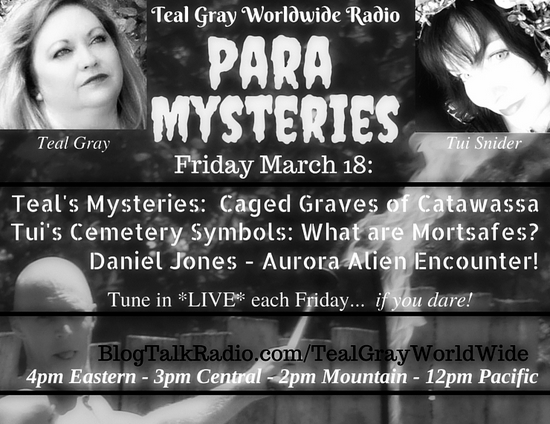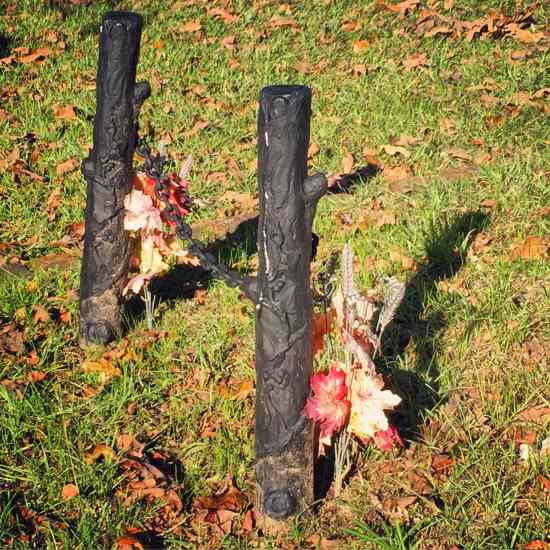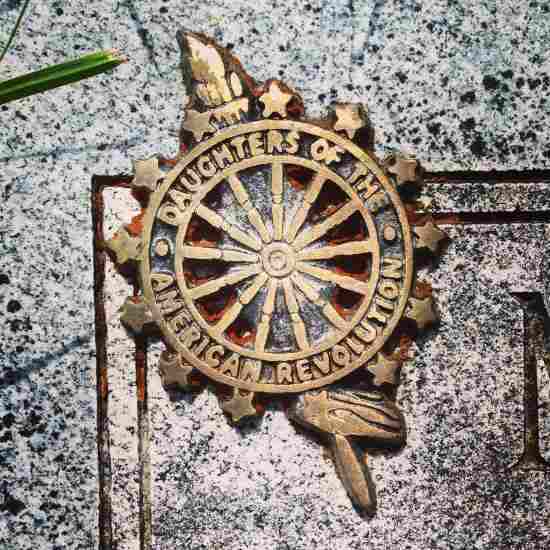FREE Cemetery Symbols Guide: Would you like a FREE guide to historic cemetery symbolism? If so, click the image below: Historic Cemetery Symbol of the Week This week’s Historic Cemetery Symbol post is about mortsafes and Resurrectionists. The topic was inspired by my friend, Teal Gray, when she told me about the mysterious Caged Graves of Catawassa. In fact, Teal and I will be discussing everything in this post during a one-hour radio show, as you can see in the graphic below: Historic Cemeteries: Who were the Resurrectionists? These days, people often make arrangements to donate their body to science…
Tag: historic cemetery symbols
Strange and unusual historic grave in Jefferson, Texas Here’s a grave marker that is quite strange and unique. In fact, I’ve never come across a similar arrangement! The following is an adapted excerpt from my book of historic cemetery tales called 6 Feet Under Texas. (And to learn more about Understanding Cemetery Symbols, check out my book.) East Texas Frenemies Although they lived roughly 80 years before the word was coined, it’s hard to think of a better example for the word “frenemy” than the lives of Jesse Robinson and Bill Rose. The two men lived in the east Texas town…





